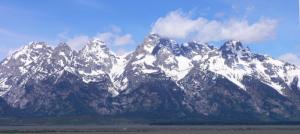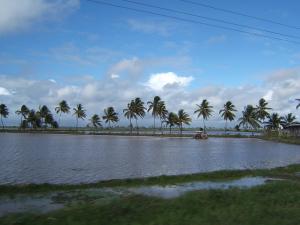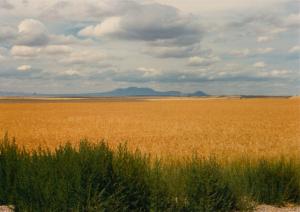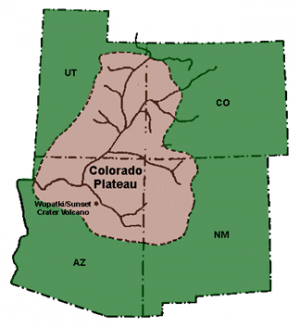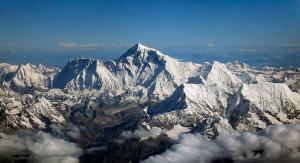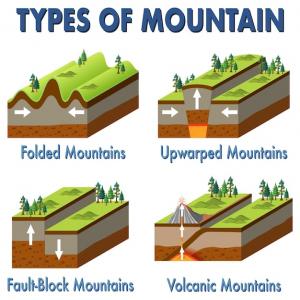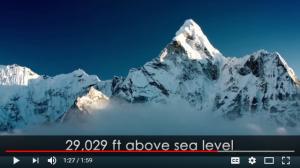Landforms
The following activity will help you become familiar with some amazing landforms. You may have had an opportunity to visit them and if not you might not even be aware that they exist. As you go throughout this course, you should start understanding the concepts behind the formation of these landforms.
Click here if you are a student at Heber, Snowflake, or Holbrook SUSD5 Student version of this assignment.
Purchase this activity at Teachers Pay Teachers for 0.80 cents.
Click on the link below to see some of the images and geologic information about how cool some of these landforms are.
Awesome Landforms of North and South America
There are many, many more landforms in North and South America and thousands more across the globe. Some of the general landforms that we will discuss in this chapter are mountains, plains, and plateaus.
Plains are large fairly flat areas. You can find them near oceans and we call these coastal plains. Many times coastal plains are referred to as lowlands. Plains contain low-rolling hills, swamps, and marshes. Marshes are grassy wetlands, that are usually flooded with water. Lowlands usually have an elevation of zero or below. The elevation is the distance above or below sea level. There are two major coastal plains in the US, the Gulf Coastal Plain, and the Atlantic Coastal Plain.
Other types of plains found in the center of landmasses are called interior plains. These too, contain low rolling hills and are many times filled with tall grasses and shrubs. In the USA we have an interior plain called The Great Plains. The Great Plains make up the central US. The Great Lakes, Central Lowland, Missouri, and Mississippi Rivers are all part of the Great Plains. The great plains once consisted of shallow seas that have been filled in with sediment from the erosion of the Rocky Mountains.
Plateaus are another type of landform. These are large relatively flatlands that have been raised above the surrounding area. Plateaus are made of mostly horizontal rock layers. There are three awesome plateaus in the US: The Colorado Plateau, The Ozark Plateau, and the Appalachian Plateau.
Mountains are landforms that rise high above the ocean and make up some of the prettiest places on Earth. The highest peak in the US is Mt. McKinley, which is found in Alaska. Mt. Everest found in the Himalayan Mountains is the tallest mountain in the world and rises 8,800 meters above sea level.
There are four types of mountains: Folded, Upwarped, Fault-Block, and Volcanic.
Folded mountains occur when rock layers are squeezed and begin to buckle and fold. The Appalachian Mountains are great examples of folded mountains. They folded about 300 to 250 million years ago. These are also the oldest mountains found in the USA. Once upon a time, the Appalachian Mountains were much higher than the Rocky Mountains, but the Appalachians are no longer being built, and weathering and erosion are slowly breaking the mountains down. They are now only 2000 or so meters high. The tops of the folds are called anticlines and the bottom of the folds are called synclines.
Upwarped mountains are created when the crust is pushed up by forces within the Earth. Over time sedimentary rock erodes leaving behind igneous and metamorphic rock. These igneous and metamorphic rocks weather at different rates causing sharp peaks and ridges. The Adirondack Mountains in New York are good examples of upwarped mountains.
Fault-Block Mountains are made from huge tilted blocks of rock that are separated from the surrounding rock by faults. As large blocks of rock tilt up, the other block slides down. A fault is nothing more than a large crack in the rock where you can see some movement on either side of the rock crack. Excellent examples of fault-block mountains are the Grand Tetons and the Sierra Nevadas.
Volcanic mountains form when molten material reaches the surface through weak areas in the crust. As the volcano erupts, material piles up, layer after layer until a cone is visible. Mt. St. Helens and Arenal in Costa Rica are examples of volcanic mountains. Volcanic mountains can appear, grow, and shrink in a relatively small amount of time compared to other mountains.
If you want to see visuals of some of the mountain types and their formations, watch the following video.
If are a student at Snowflake, Heber, or Holbrook click this link to access the assignment. Types of Mountains and Other Landforms
You can purchase the Types of Mountains and Other Landforms at Teachers Pay Teachers for $0.80 cents.










